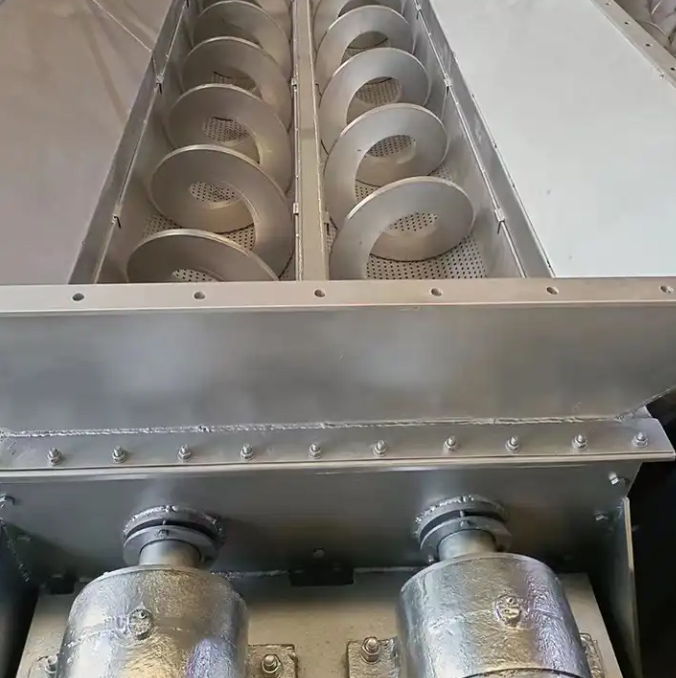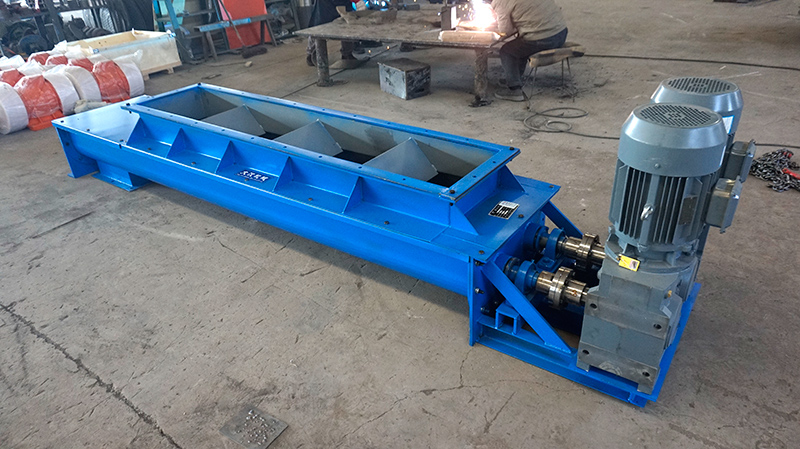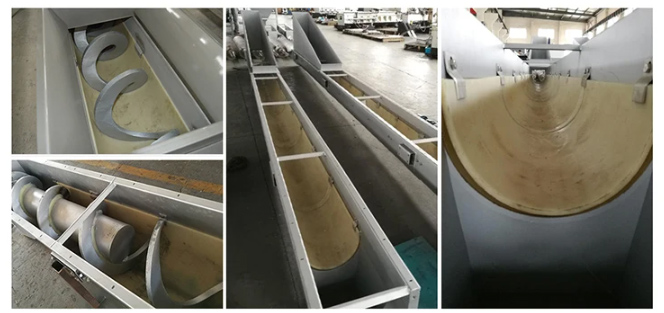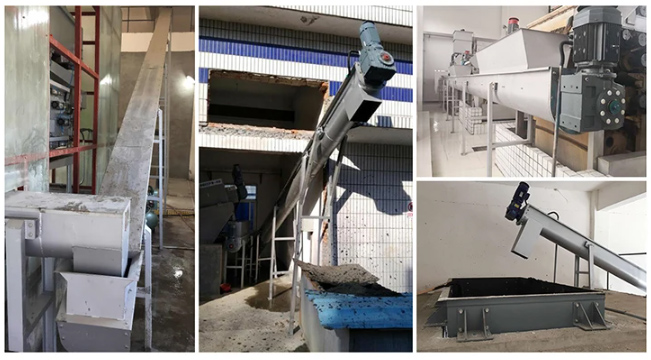The shaftless screw conveyor is a commonly used material conveying equipment that transports materials along pipes or troughs to the target location by rotating spiral blades. When designing a shaftless screw conveyor, several key factors need to be considered: material characteristics, conveying capacity, screw blade design, transmission and support structure.

Material properties:
Before designing a shaftless screw conveyor, you first need to understand the characteristics of the materials being transported, including the particle size, humidity, viscosity, fluidity, etc. of the materials. These characteristics will directly affect the design parameters of the conveyor, such as the shape, pitch, speed, etc. of the spiral blades.

Conveying capacity:
Conveying capacity refers to the amount of material conveyed per unit time, usually calculated by volume or mass. Depending on the required conveying capacity, the size of the conveyor and the size of the spiral blades can be determined. Generally speaking, the conveying capacity is related to parameters such as the diameter, pitch, rotation speed of the spiral blades and the length of the conveyor.

Spiral blade design:
The spiral blade is the core component of the shaftless screw conveyor, which is responsible for transporting materials from the inlet to the outlet. The design of spiral blades needs to consider the characteristics of the material and the requirements for conveying capacity. Common spiral blade shapes include constant pitch spiral, variable pitch spiral and double helix. Selecting the appropriate spiral blade shape can improve conveying efficiency and stability.
transmission:
Shaftless screw conveyors usually require a transmission device to provide the rotational power of the screw blades. The transmission device can use electric motor, hydraulic motor or pneumatic motor, etc. When selecting a transmission, consider the load capacity, speed requirements and reliability of the conveyor.

supporting structure:
The support structure of a shaftless screw conveyor needs to be able to withstand the weight of the conveyor itself as well as the load of the material being transported. The support structure usually consists of a support frame, support legs and support bearings. When designing the support structure, the length, height, inclination of the conveyor and the requirements of the working environment need to be considered.

Determine the material characteristics: Understand the particle size, humidity, viscosity, fluidity and other characteristics of the material.
Calculate the conveying capacity: Determine the conveying capacity of the conveyor based on actual needs, usually calculated by volume or mass.
Select the spiral blade shape: Select the appropriate spiral blade shape according to the material characteristics and conveying capacity requirements.

Calculate the size of the spiral blade: Calculate the diameter, pitch and other dimensions of the spiral blade based on the conveying capacity and the selected shape of the spiral blade.
Select the transmission device: Select the appropriate transmission device based on the load capacity, speed requirements and reliability of the conveyor.
Design support structure: Design a suitable support structure according to the length, height, inclination angle of the conveyor and the requirements of the working environment.
Carry out engineering calculations and drawings: Carry out detailed engineering calculations and drawings based on the above design parameters, including spiral blades, transmission devices and support structures.
Manufacturing and installation: According to the design drawings, various parts of the conveyor are manufactured, installed and debugged.
Designing a shaftless screw conveyor is a complex engineering task that involves knowledge from many aspects such as material engineering, mechanical design, transmission device and structural design. In practical applications, it is recommended to seek help from professional engineers or refer to relevant design manuals and specifications.
Address:China,Yanjin county forest park gate to the west 1000 meters north road.